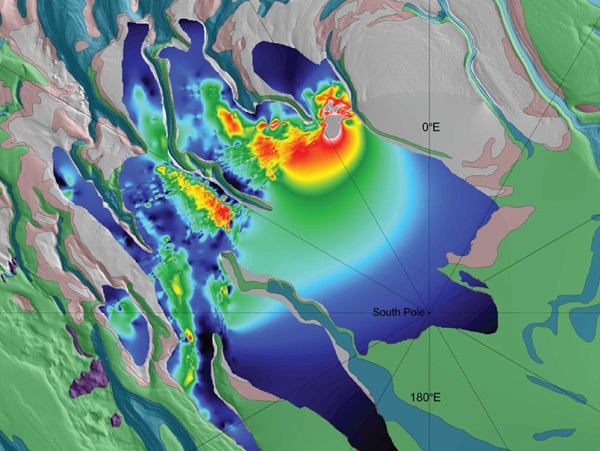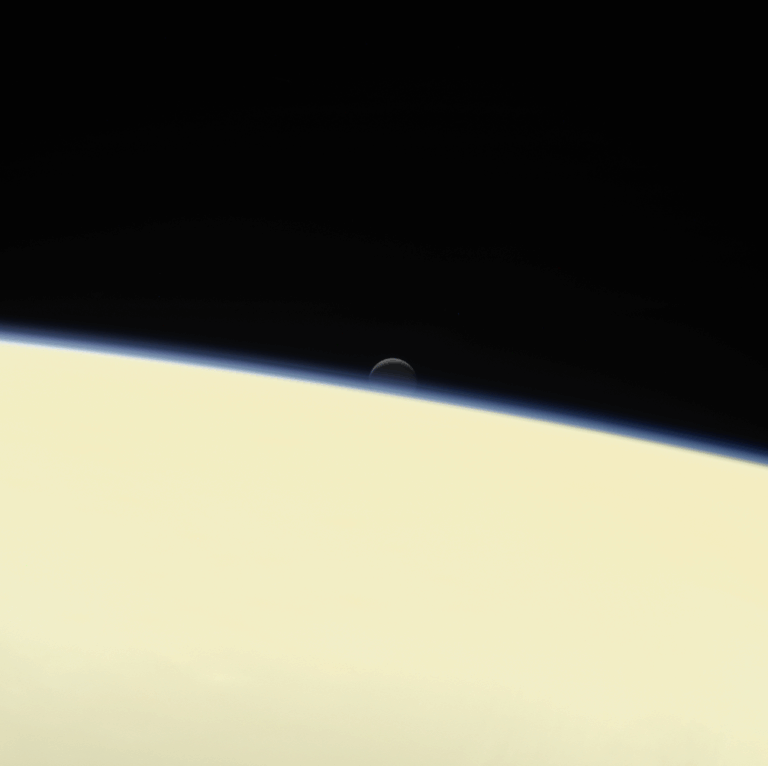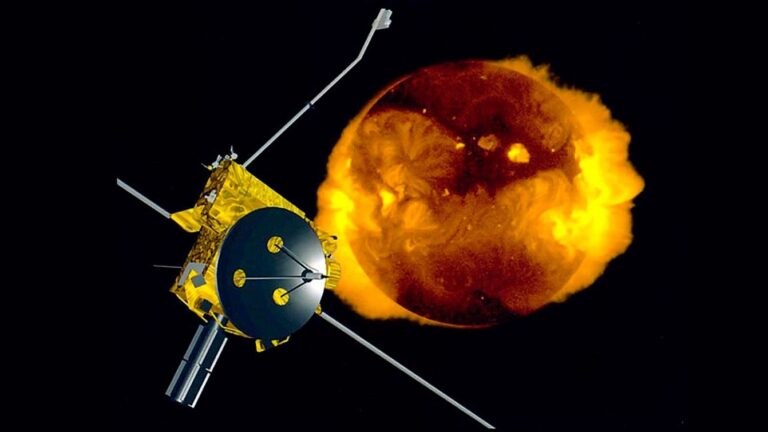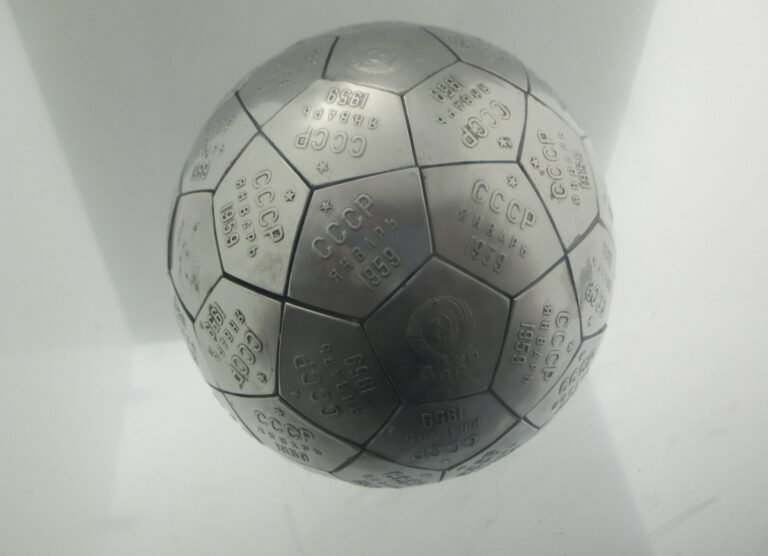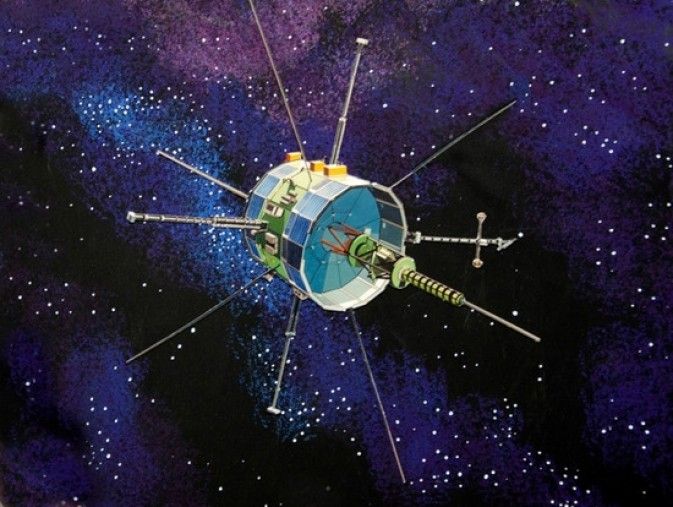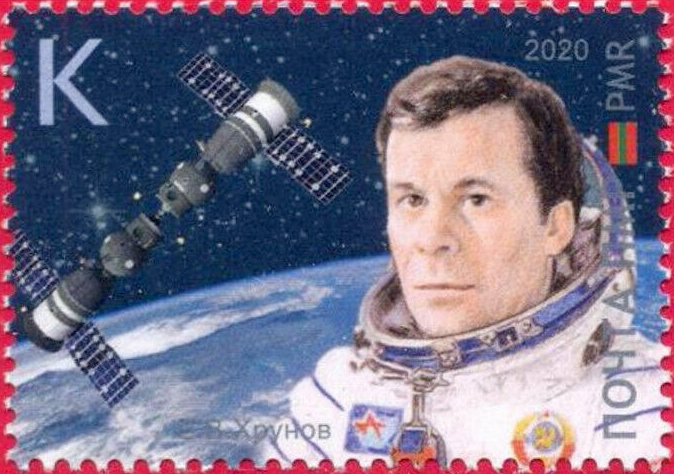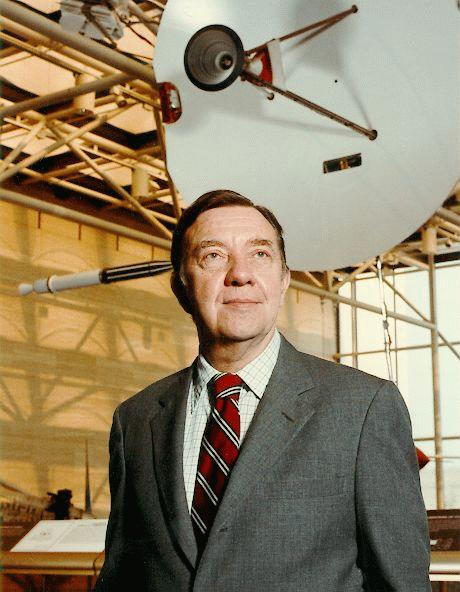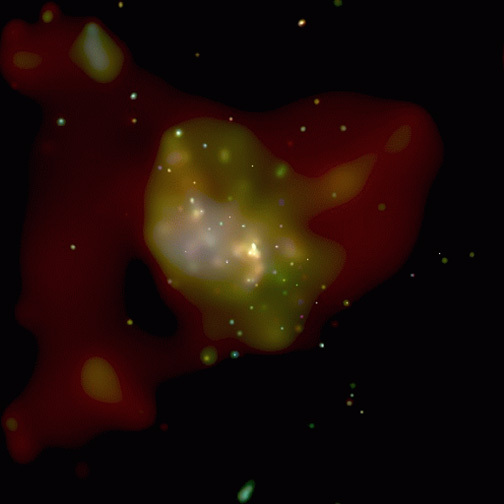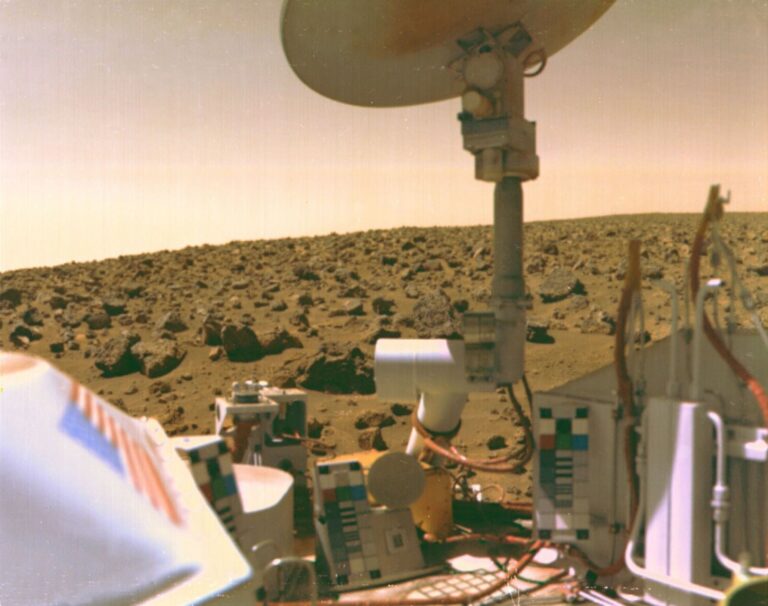Key Takeaways:
Researchers using MRO’s ground-penetrating radar identified a large, buried deposit of frozen carbon dioxide, or dry ice, at the Red Planet’s south pole. The scientists suspect that much of this carbon dioxide enters the planet’s atmosphere and swells the atmosphere’s mass when Mars’ tilt increases.
The newly found deposit has a volume similar to Lake Superior’s nearly 3,000 cubic miles (12,500 cubic kilometers). The deposit holds up to 80 percent as much carbon dioxide as today’s martian atmosphere. Collapse pits caused by dry ice sublimation and other clues suggest the deposit is in a dissipating phase, adding gas to the atmosphere each year. Mars’ atmosphere is about 95 percent carbon dioxide, in contrast to Earth’s much thicker atmosphere, which is less than .04 percent carbon dioxide.
“We identified the deposit as dry ice by determining the radar signature fit the radio-wave transmission characteristics of frozen carbon dioxide far better than the characteristics of frozen water,” said Roberto Seu from the Sapienza University of Rome. Additional evidence came from correlating the deposit to visible sublimation features typical of dry ice.
“When you include this buried deposit, martian carbon dioxide right now is roughly half frozen and half in the atmosphere, but at other times it can be nearly all frozen or nearly all in the atmosphere,” Phillips said.
The changes in atmospheric density caused by the carbon-dioxide increase also would amplify some effects of the changes caused by the tilt. Researchers plugged the mass of the buried carbon-dioxide deposit into climate models for the period when Mars’ tilt and orbital properties maximize the amount of summer sunshine hitting the south pole. They found at such times that global year-round average air pressure is approximately 75 percent greater than the current level.
“A tilted Mars with a thicker carbon-dioxide atmosphere causes a greenhouse effect that tries to warm the martian surface, while thicker and longer-lived polar ice caps try to cool it,” said Robert Haberle from NASA’s Ames Research Center in Moffett Field, California. “Our simulations show the polar caps cool more than the greenhouse warms. Unlike Earth, which has a thick, moist atmosphere that produces a strong greenhouse effect, Mars’ atmosphere is too thin and dry to produce as strong a greenhouse effect as Earth’s, even when you double its carbon-dioxide content.”

